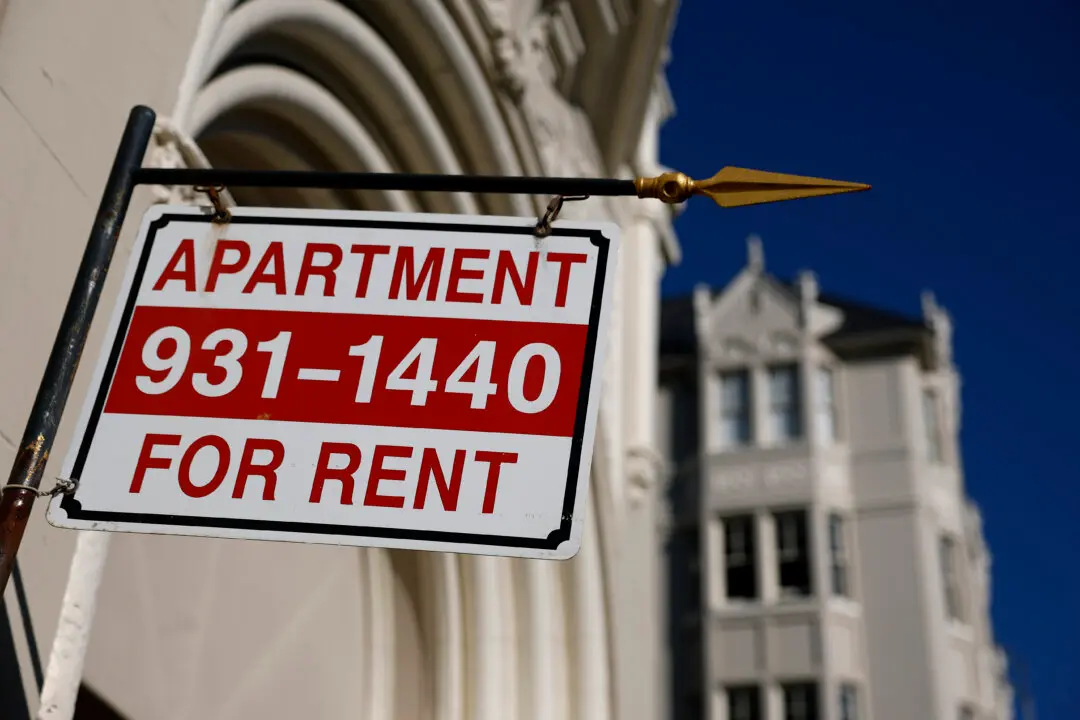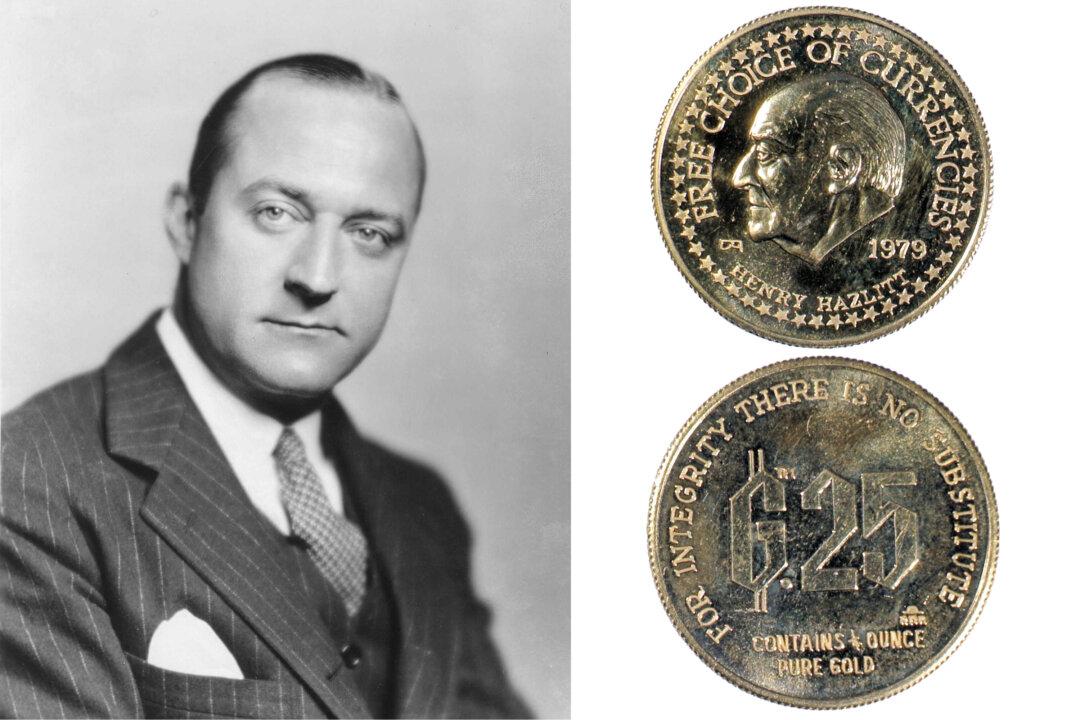Commentary
Fifteen years ago, writers schooled in computer science began to imagine various totalitarian schemes for pandemic control. Experienced public health officials in 2006 warned that this would lead to disaster. Donald Henderson, for example, went through the whole list of possible restrictions, shooting them down one by one.





